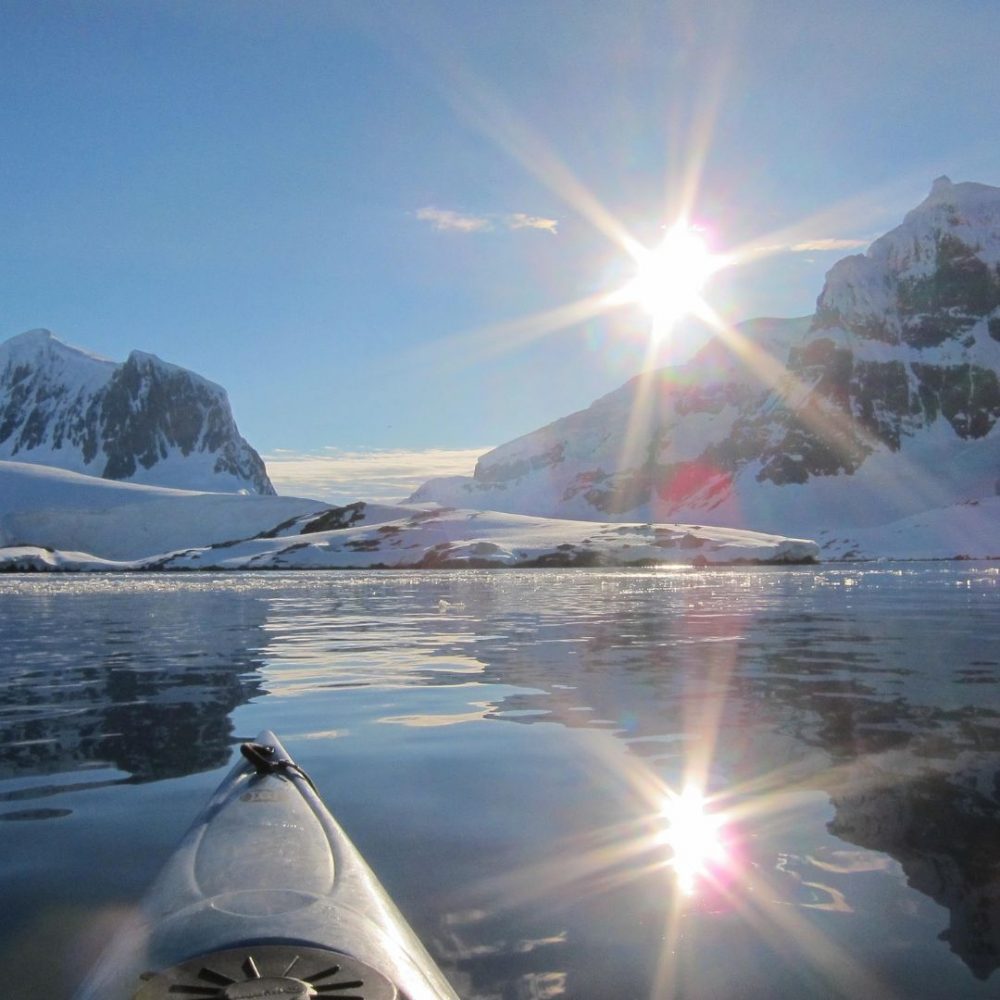
Researchers discover a 300-mile-long Antarctic river!
Recommended for Preparatory Grades
Scientists discover a 300-mile-long river beneath the ice of Antarctica. The discovery was made by researchers from the United Kingdom, Canada, Malaysia and the U.K. Researchers were able to make the discovery in 2022, despite being in the region for 35 years.
The river’s length has an effect on the flow and melting of ice. There is enough ice stored in the region to raise the global sea level by 4.3 metres, scientists claim.
Key facts!
- A nearly 300-mile river has been found beneath Antarctica, disproving the theory that there was just a little amount of water there.
- The longer-than-the-Thames Antarctic river may be accelerating ice melting as the climate warms, according to a new study.
- The base of the ice sheet has a more active water flow than previously assumed, making it more sensitive to temperature changes.
- Scientists are now beginning to understand that there are full systems with vast river networks.
- Water could enter the ice sheets in two ways: surface water that has melted and poured down crevasses, or ice that melts at the base due to Earth’s heat and friction.
- Moreover, the current discovery disproves the theory that there is little water at the foot of the Antarctic ice sheets.
- The recently discovered river runs into the sea through a floating ice shelf.
- According to the crew, the fact that they found it in 2022 shows how little is known about the Antarctic.
- They add that climate change estimates must account for the huge rivers hiding beneath the ice sheet.
- If summers are warm enough to melt enough ice to reach the base of the ice sheet, river systems may be affected.
- It might turn Greenland become Antarctica, which loses ice faster.
- However, the discovery of a river hundreds of kilometres inland that drives some of these processes shows that the experts must study the entire system—the ice sheet, the ocean, and the freshwater—to understand the ice melt.
- The team intends to collect more data on all these systems to extend their models to other places.
- This would allow them to better understand how a changing Antarctica could affect the planet.
Youtube user “Ted Ed” shares with us the difference between the Arctic and the Antarctic.
Curious Times is a leading newspaper and website for kids. We publish daily global news aligned to your learning levels (also as per NEP 2020): Foundational, Preparatory (Primary), Middle and Senior. So, check out the News tab for this. We bring kids’ favourite Curious Times Weekly newspaper every weekend with top news, feature stories and kids’ contributions. Also, check out daily JokesPoke, Tongue Twisters, Word of the Day and Quote of the Day, kids need it all the time.
Curious Times News Program for Schools for FREE. Over 5,000 schools and teachers from all over the world have joined our programme so that students and teachers can get FREE Educative Newspaper. Here, kids can take part in world events and win prizes and certificates for free through their schools.
Moreover, schools are sharing important School News, like interviews with the principal, notices about new students, contests, and results, not just on social media but also on a news website for kids and other schools.
Thus, do not wait any further, sign-up for your school for FREE.
The following social media platforms allow you to communicate with us: WhatsApp, Instagram, Facebook, Youtube, Twitter, and LinkedIn.
0 (Please login to give a Curious Clap to your friend.)
